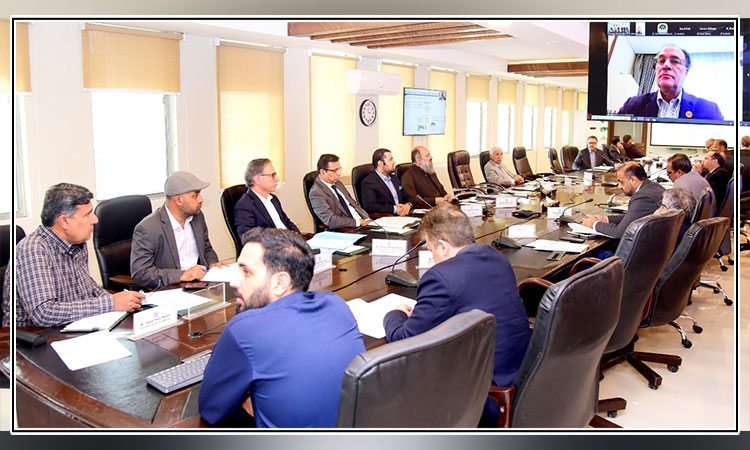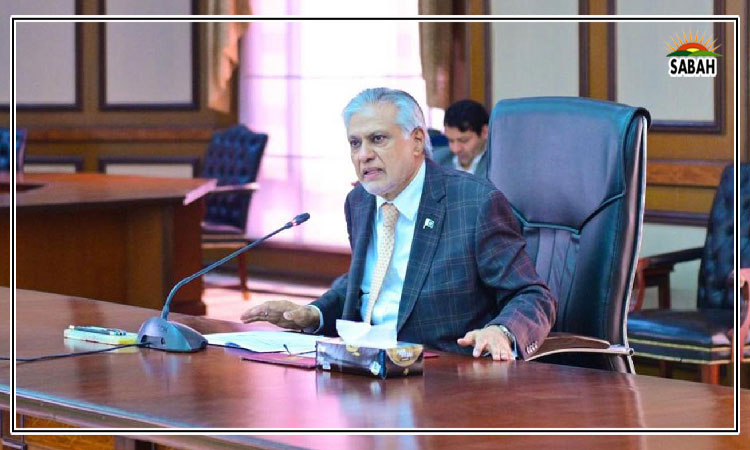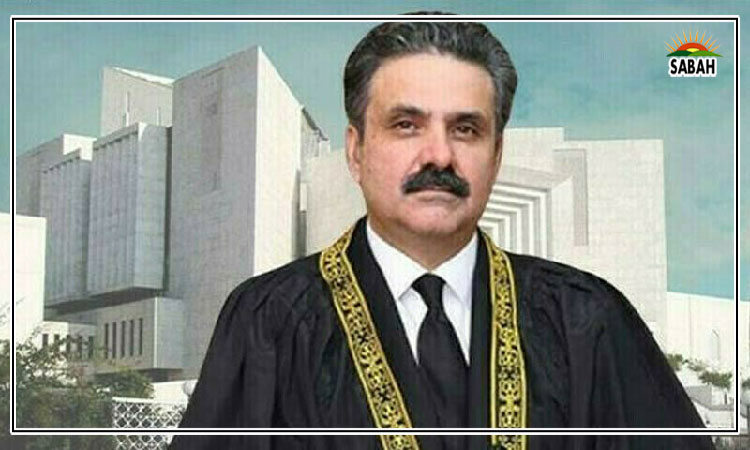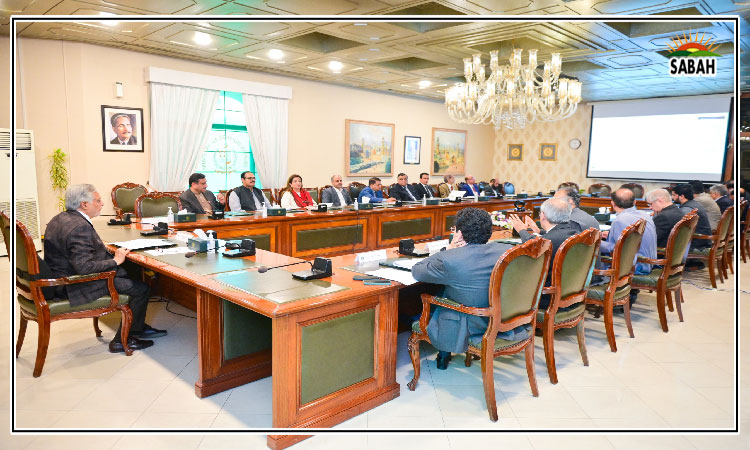Governance for local governments: Part – I…Ishrat Husain
This article is divided into three parts. The first part deals with why local government? The second with experiences during the 2001-2009 period and finally in the third part it proposes a governance system for local governments.
Why local government? The World Bank in its 1997 report asserts that governments are more effective when they listen to businesses and citizens, and work in partnership with them in deciding and implementing policy. Where governments lack mechanisms to listen, they are not responsive to peoples interests.
The devolution of authority to local tiers of government and decentralization can bring in representation of local business and citizens interests. The visibility of the results achieved by the resources deployed in a specific geographic area maintains pressure on government functionaries. Publicprivate partnerships. including NGOpublic partnerships have proved to be effective tools in fostering good governance.
The World Development Report (WDR 2004) has argued that the accountability of governments to local communities and marginalized social groups will increase by assigning service delivery functions to politicians who are closer to the people and make them electorally accountable.
The 1973 constitution did specify only two tiers of government federal and provincial. It is only after the 18th Amendment in 2010 that a new clause Article 140A was introduced which states that Each province shall, by law, establish a local government system and devolve political, administrative and financial responsibility and authority to the elected representatives of the local governments.
The Supreme court has asserted and directed the holding of elections of local governments on several occasions. Unfortunately, unlike the detailed distribution of powers between the federal and the provincial governments clearly defined in the constitution, there is no such provision for local governments. This vagueness and ambiguity has been used by the provincial governments which have been struggling to come to some reasonable piece of legislation since 2010 on the functions and powers of this tier.
Logically, once the provincial governments were devolved, adequate powers accompanied by sufficient financial allocations out of the divisible tax pool and grants from the federal government there should have been similar decentralization and delegation to the local governments. How is it possible for Punjab, with a population of 110 million people and 36 districts covering an area of 205000 sq km, to respond to the disparate needs of citizens in the delivery of essential services? DG Khan and Faisalabad, for example, have very different requirements and a uniform one-shoe-fits-all approach that is the characteristic of an overcentralized system wont simply work.
The present culture of concentrating authority in power centres at Islamabad, Lahore, Karachi, Peshawar and Quetta has not only alienated the population living in the peripheries, but reduced its productive potential also and to no small extent. It is little surprise then that our research found 80 districts whose ordinary citizens are living in miserable conditions, according to the Deprivation Index, and remain almost criminally starved of their most basic needs.
The political parties that introduced this article in the constitution do not realize that meaningful empowerment of communities through decentralization and delegation of authority, in which the local government system plays a crucial role would in the long run promote greater trust, cohesion and harmony in our society and ensure access to basic public services in an efficient and equitable manner. These outcomes will not only help mobilize additional resources at the local level but also improve the efficiency of resource utilization.
The present state of disaffection and discontentment with the government would also be mitigated if public goods and services of everyday use to the citizens become available to them at the grassroots level. Local communities know their problems and their solutions much better than anybody else. It has also been found that for direct delivery by the government, the transfer of responsibility for these services to lower tiers of governance improves access by the poor.
Local government management of schools and hospitals involving communities and demand-side subsidies to the poor, monitored and under the oversight of government result in a favourable outcome in education and health. As these political parties will also contest elections, they will be represented at that tier of government too. Thus, the credit for citizen satisfaction, efficient allocation of resources and better access to essential services would go to the political parties themselves.
However, the myopic and self-centred approach adopted by all major political parties and resistance to empowerment and strengthening local governments is highly incomprehensible as in actual fact it simply entails the transfer of power from the provincial and national legislators and the ministers to the locally elected nazims or mayors of the districts. Those seeking to preserve their status, clout and influence should opt for local nazim positions rather than becoming MPAs or MNAs.
The 2001-2009 period: It would be useful to make an objective assessment of the local government system that existed in Pakistan between 2001 and 2009. There were many flaws in the 2001 system, including the fact that the functions of law and order, revenue records, and land administration and disaster management should have remained with neutral civil servants and not transferred to the nazims. In that event, the offices of the deputy/assistant commissioner should not have been abolished, thereby diluting the writ of the state.
The executive authority of the newly created post of district coordination officer DCO was diluted as magisterial powers were taken away from him or her although s/he was expected to perform duties relating to maintenance of law and order, removal of encroachments, price controls, and the like. As the powers of recruitment, transfers, postings, and disciplinary actions continued to remain vested in the provincial departments, the diarchy proved to be fatal for the effective functioning of the devolved departments.
The gap between law and actual practice remained wide to the detriment of the public at large. Corruption at the district government level could not be contained given the inadequate supervisory arrangements evolved by the provincial governments. The provincial secretaries retained considerable administrative authority over the district bureaucrats and used these powers to undercut the efficacy of the elective nazims. A tripartite confrontational mode in which the provincial ministers and secretaries aligned themselves against the district nazims was responsible for most of the practical difficulties faced by the citizens in access to services.
The degree of fiscal decentralization remained limited because the districts continued to depend upon the province for resources, didnt have the powers to collect new taxes, and didnt have the capacity to levy service or user charges. On the expenditure side, the fixed and growing expense of salaries, wages, and allowances paid to the staff devolved to the district governments (although they continue to be provincial servants) did not leave much surplus for either maintenance, operational, and development expenditure.
Over 90 per cent of expenditure of local governments was financed by transfers from the provincial governments. Lack of enhancement in local fiscal powers was a major weakness in the process of fiscal decentralization.
The share of local governments in the provincial allocable pool was about 40 per cent but their share in total public expenditure was only 13 per cent. Resource mobilization at the provincial and local levels remained substantially under-exploited. Land revenue accounted for less than one per cent of the agricultural income while the effective rate of property taxation of rental incomes was about five per cent as opposed to the statutory rate of 20 per cent or more.
To be continued
Courtesy The News












